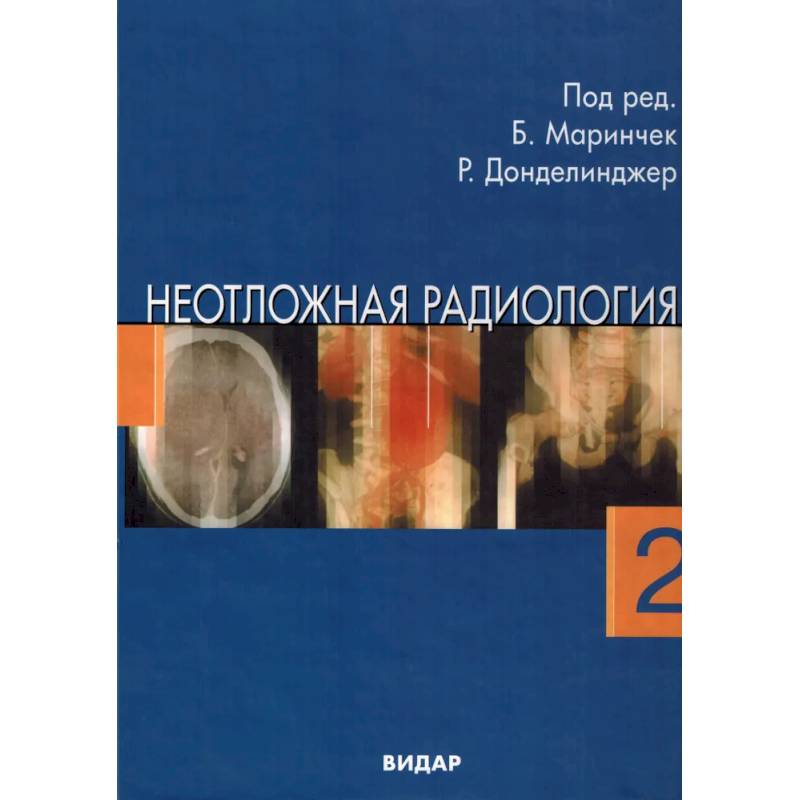Emergency Radiology. In 2 parts. Part 2: Non-neurological emergency conditions
Please sign in so that we can notify you about a reply
This publication is a practical guide for emergency radiology. The book was written by leading European and American experts radioologists edited by the well -known professors R.F. Dondelinger (Belgium) and B. Marinek (Switzerland) in our country. This is the first fundamental leadership of this level, published in Russian.
In the Russian translation, the leadership consists of two parts. In the first part, all types of traumatic injuries of organs and systems were described.
The second part presents the most important sections of radiation diagnostics devoted to non -human emergency states. They include all the most common types of pathology that a doctor may encounter in everyday practice. These are disorders of cerebral circulation and hemorrhage, pulmonary thromboembolism, acute aortic disease, venous and arterial thrombosis, intestinal obstruction, bleeding, acute pancreatitis, cholecystitis and their complications, obstruction of the urinary tract, sepsis and many others. The issues of diagnosis and treatment of emergency conditions in children and newborns are considered in detail, which have their own specifics. The most important features of the book are the consideration and assessment of the diagnostic capabilities of all methods of radiation diagnostics - radiography, ultrasound, CT, MRI, radionuclide research and angiography. Recommendations are given on the feasibility of using certain radiation diagnostic methods, depending on the type of pathology and severity of the patient"s condition. The issues of intervention treatment of the most important emergency conditions are considered in detail. A rich illustrative material is represented.
The manual is intended primarily for radiologists, it will not be useful for doctors of any specialties, since the problem of radiation diagnosis of emergency states is a common and most important for clinical practice
In the Russian translation, the leadership consists of two parts. In the first part, all types of traumatic injuries of organs and systems were described.
The second part presents the most important sections of radiation diagnostics devoted to non -human emergency states. They include all the most common types of pathology that a doctor may encounter in everyday practice. These are disorders of cerebral circulation and hemorrhage, pulmonary thromboembolism, acute aortic disease, venous and arterial thrombosis, intestinal obstruction, bleeding, acute pancreatitis, cholecystitis and their complications, obstruction of the urinary tract, sepsis and many others. The issues of diagnosis and treatment of emergency conditions in children and newborns are considered in detail, which have their own specifics. The most important features of the book are the consideration and assessment of the diagnostic capabilities of all methods of radiation diagnostics - radiography, ultrasound, CT, MRI, radionuclide research and angiography. Recommendations are given on the feasibility of using certain radiation diagnostic methods, depending on the type of pathology and severity of the patient"s condition. The issues of intervention treatment of the most important emergency conditions are considered in detail. A rich illustrative material is represented.
The manual is intended primarily for radiologists, it will not be useful for doctors of any specialties, since the problem of radiation diagnosis of emergency states is a common and most important for clinical practice
Cover:
Cover:Hard
Category:
- Category:Medical Books
Publication language:
Publication Language:Russian
Paper:
Paper:Molded
Age restrictions:
Age restrictions:16+
ISBN:
ISBN:978-5-88429-112-6
No reviews found
